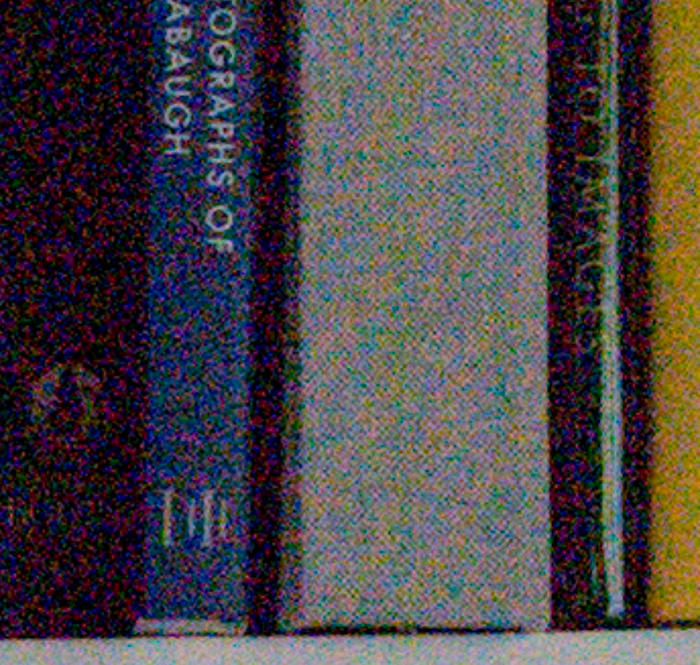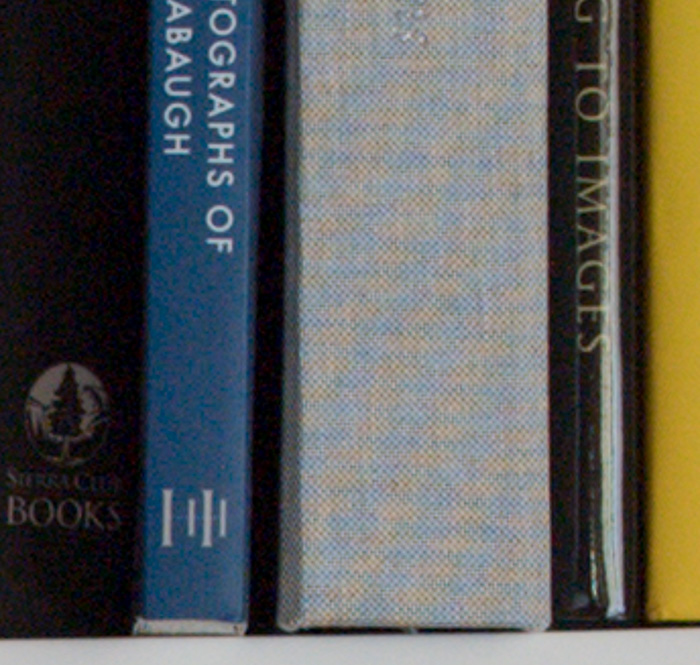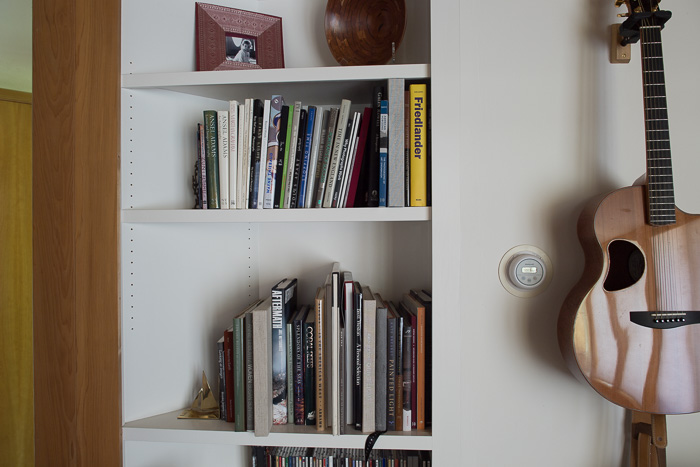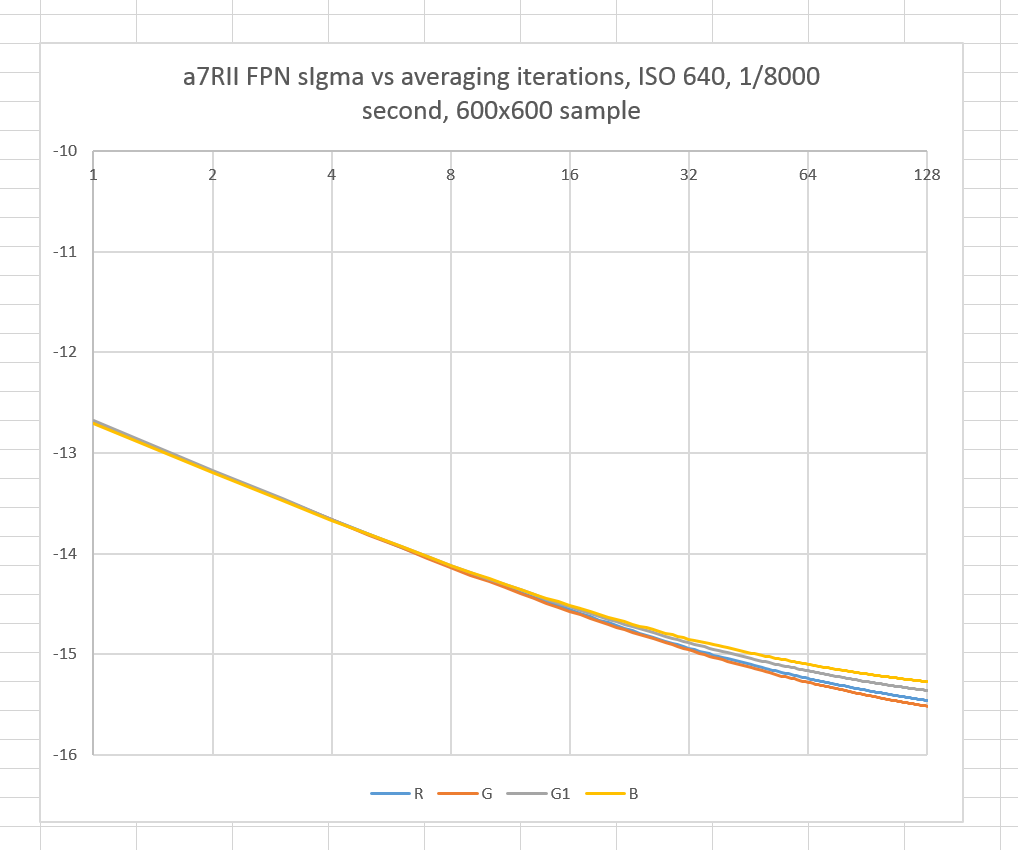This is part of a series of posts about the Nikon D5. The series starts here. As I said in the preceding post, it’s now looking like the D5 uses digital gain for some of its ISO settings. Specifically, it looks like ISO 125 and ISO 160 are implemented by in-camera pushes of the same… [Read More]
Archives for 2016
Nikon D5 — pushing ISO 100/125 images
This is part of a series of posts about the Nikon D5. The series starts here. So far, it’s looking like the D5 uses digital gain for some of its ISO settings. Specifically, it looks like ISO 125 and ISO 160 are implemented by in-camera pushes of the same analog amplification settings as ISO 100…. [Read More]
Nikon D5 — pushing ISO 100 images
This is part of a series of posts about the Nikon D5. The series starts here. In this post, I’m going to do something that regular readers are very familiar — dare I say, bored — with: pushing bookcase pictures in post. That’s a photographically instructive and very useful exercise in ISOless cameras like the… [Read More]
Sony a7RII — FPRN
I reported on fixed pattern read noise testing with the D5 in the last post. Since I hadn’t done this kind of testing before, I thought I’d try it with a camera that I know well, the Sony a7RII. I made 128 identical dark-field exposures at 1/8000 second, averaged them, and looked at the results. … [Read More]
Nikon D5 — FPRN
This is part of a series of posts about the Nikon D5. The series starts here. I have not looked at fixed pattern read noise (FPRN), sometimes known as fix pattern noise (FPN), but it occured to me that I hed most of the tools to do do with my PRNU analysis program, so I… [Read More]
- « Previous Page
- 1
- …
- 34
- 35
- 36
- 37
- 38
- …
- 61
- Next Page »




